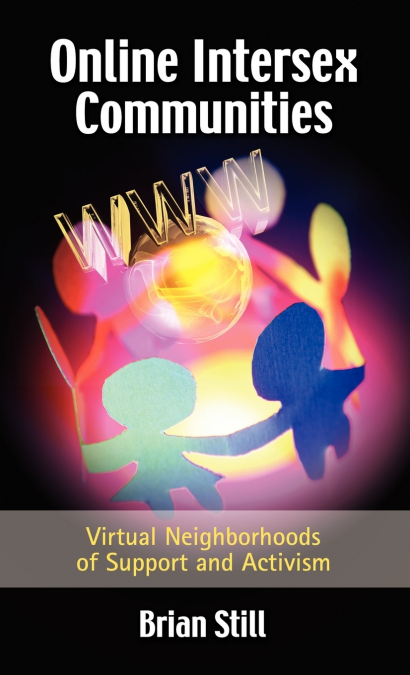
 Librería Perelló (Valencia)
Librería Perelló (Valencia)
 Librería Aciertas (Toledo)
Librería Aciertas (Toledo)
 El AlmaZen del Alquimista (Sevilla)
El AlmaZen del Alquimista (Sevilla)
 Librería Elías (Asturias)
Librería Elías (Asturias)
 Librería Kolima (Madrid)
Librería Kolima (Madrid)
 Donde los libros
Donde los libros
 Librería Proteo (Málaga)
Librería Proteo (Málaga)
Once referred to as hermaphrodites, intersex persons are born with a sexual anatomy or physiology inconsistent with social expectations of what constitutes a normal male or female. Of course, this definition of intersexuality, like all definitions, is rhetorically charged. In other words, intersexuality does not have meaning in and of itself that can be separated from the culture in which it resides. It is a product not just of scientific fact but also of a myriad of cultural forces that have changed through time, and with it our perceptions of what is normal, of who should be corrected if they are not deemed normal, of when and how this treatment should take place, and of who has authority to speak on such things. Until the last two decades, and in fact not uniformly until the last few years, those born with intersex conditions were made to conform, often surgically, usually in the first 18 months of life, long before they had enough knowledge and maturity to agree or dissent to treatment. But a rise in intersex activism has led to remarkable changes in the previous medical paradigm that once governed the treatment of literally thousands of intersex children. A great deal of important literature has been dedicated to the origins of this intersex activism as well as the history of the treatment that necessitated it. But to date little attention has been paid to the role virtual intersex communities have played in contributing to intersex activism. Online intersex communities are important resources for intersex persons, their families, and advocates. They enable their participants to learn about who they are and that they are not alone, to tell their stories and have them heard by those that may be helped by them or may be able to offer help, to find a medical practitioner that is recommended by other intersex persons, and to advocate for change to established discourse, not as a single voice, but as part of an organized group of others. Brian Still’s rhetorical analysis of a select number of key intersex web sites, supplemented with interviews of leading intersex activists and scholars, allows us to take a previously unexplored critical approach to comprehending the medicalization of intersexuality as well as the online communities that have, in the ongoing production of themselves, shaped productive resistance to it. Drawing on the ideas of Arjun Appadurai, Michel Foucault, Judith Butler, and also Stuart Hall and Paul du Gay, Still points out that because society values (perhaps now more than before) the words of 'wounded storytellers,' or those who do not treat but have been treated (and in many cases traumatized), then intersex activists can speak with a measure of newfound authority, taking advantage of a media capable of disseminating the meanings they create so that they are more accessible and, consequently, more influential in re-shaping what it means to be normal. Still’s examination shows that what virtual intersex communities represent, from personal blogs to email lists, is the opportunity for those isolated by the nature of their treatment and the geographic distance that often stands between them, and others like them, to feel a sense of belonging, to exchange information, and, in the process, to generate productive noise. This book would be of interest to all Internet, cultural, and gender studies collections, and it would also be of value to those collections housing books on the rhetorical analysis of new media.